A new question is taking center stage in discussions about natural resource use in Myanmar: is energy development destined to instigate conflicts and controversy, or could it play a role in achieving peace?
Myanmar has been mired in conflict and controversy – from the Rohingya crisis in Rakhine state to lingering tensions in Kachin state. Large-scale mega-dams and coal-fired power plants have notoriously exacerbated such tense relations among minority groups, locals, and project developers, complicating an already very fragile peace process.
Hydropower development in particular remains a point of contention, with strong calls from local stakeholders to cease plans for any dam larger than 10 MW. However, at the same time, new hydropower capacity remains a key feature of the National Electricity Master Plan and a JICA-funded national electrification strategy. And there is an urgent need for new electricity in rural areas and for more reliable power in urban centers such as Yangon. The reality is that nearly two-thirds of the population lacks access to electricity.
Our team is asking if there is a better way – an alternative to the huge infrastructure development for energy generation that is currently taking place? Specifically, can community-owned renewable mini-grids based on solar panels and mini-hydropower serve as a more equitable model that creates and promote peace?
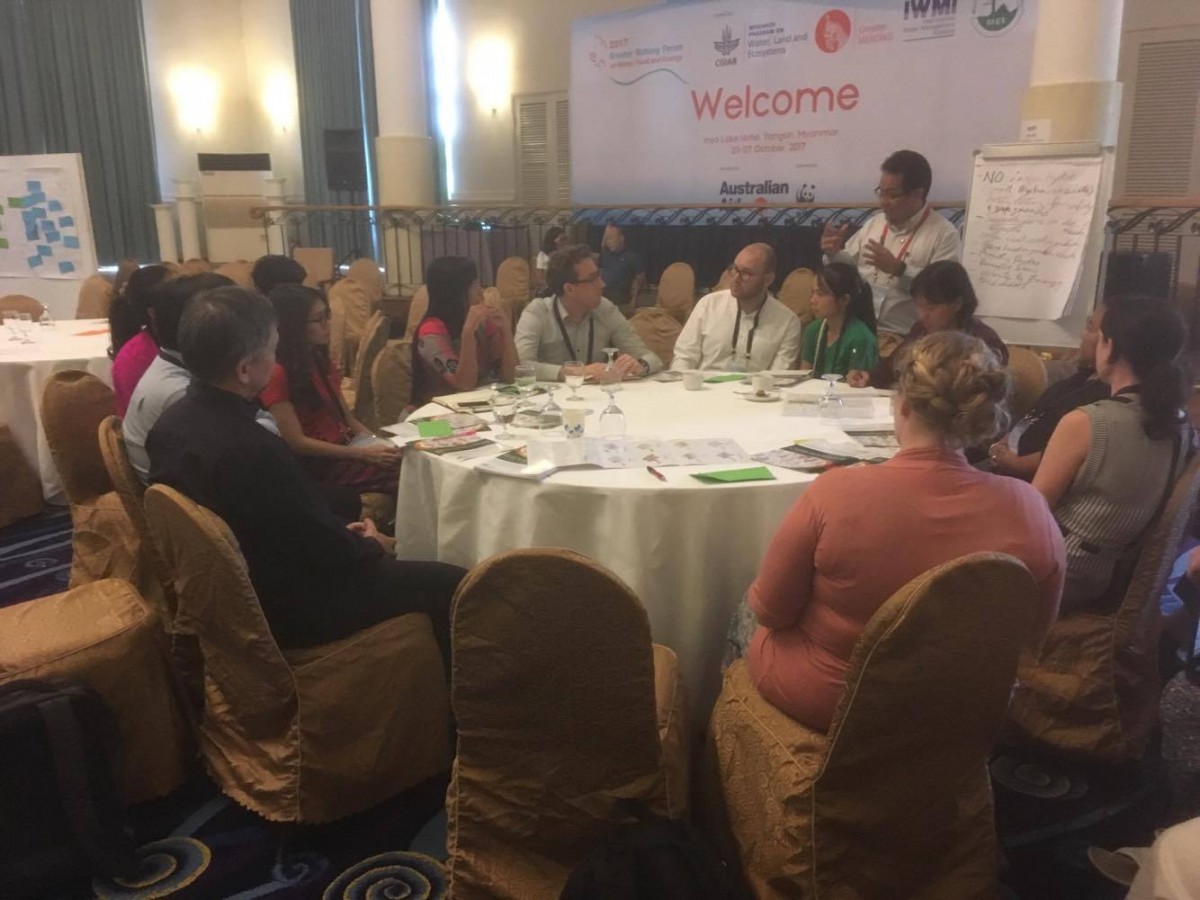
The alternatives to big energy
Our group is made up of researchers from the Renewable and Appropriate Energy Lab’s Program on Conflict, Climate Change, and Green Development at the University of California, Berkeley, and the Policy Alternatives Research Institute at the University of Tokyo. Last October, we led a discussion at the Greater Mekong Forum on Water, Food and Energy to discuss this complex relationship between energy development and peace.
Participants included local practitioners, NGOs and the private sector. We asked them to work together to come up with recommendations for how to meet power demands, while furthering the peace process. Unsurprisingly, the recommendations were primarily focused on more local power generation and renewable energy, and the discussions also highlighted the growing concerns about both the often silo-ed energy planning and the national reconciliation process.
Some interesting potential solutions for meeting energy needs do exist. One increasingly popular opportunity is the emerging role of solar photovoltaics-based mini-grids to improve electrical coverage and reliability. Small-hydropower systems, based on the hundreds of already existing community-led installations, are another potential way to meet electrification needs without compromising livelihoods. Most peripheral regions in Myanmar experiencing conflict also lack access to reliable electricity, and the provision of reliable electricity services through quick-to-setup solar PV and battery storage stations could also be a way to provide electricity to conflict zones and refugee settlements.
Biofuels could possibly also play a role, serving as an alternative fuel source for the transportation sector. However, recent analysis suggests that biofuels have failed to deliver on past promises of environmental sustainability and social benefits, and many costly measures have actually worsened land tenure rights.
Potential for powering peace
The issue of energy development and conflict will be tough to tackle given its complexity and nuance. Engaging local communities in participatory planning approaches, for example, was highlighted in discussions as a critical factor to the sustainability of future projects. But, this is easier said than done – including local voices has been fraught in many places across the world, notably in Myanmar. During the discussion on how best to engage with local communities, some stakeholders in the meeting suggested that certain large-scale hydropower projects were just too controversial and should not be taken forward, citing the conflict surrounding the Myitsone – a 3.6 billion dollar project halted in the past year. The participants pointed out that the provincial government sent a strong message to the Chinese developers about the importance of considering benefit-sharing and alternative electricity options before proceeding with such potentially disruptive projects.
While large-scale energy development may contribute to conflicts, having access to electricity, on the other hand, might foster healthier communities and more peaceful co-existence. Lacking access to electricity creates negative health and economic impacts, the disproportionate brunt of which falls on women and children. Part of this is linked to pollutants from cooking with unclean fuels or spending money on candles instead of other goods and services.
Providing solar lighting programs reduces negative health impacts, according to a report by Spectrum toward people-centered energy systems, while integrating clean cooking strategies with electricity access provision could be a way to improve energy access while empowering women. This could have the added benefit reducing intra-household conflict and improving communal resources.
What happens next?
The session provided frank discussion, with the debate often coming back to the question of being able to provide baseload power versus flexibility of the power source. It was noted that distributed energy resources have the advantage of displacing the need for long transmission lines and could actually improve the distribution of electricity in smaller networks, reaching further flung communities. Some issues remained unresolved, such as inter-regional security and power trade concerns, as well as the role of other sources of energy, like biofuels.
Missing from the conversation, too, was the role of institutions and good governance to achieve common goals. Despite the attractiveness of solar and mini-hydro technologies, identifying models for implementing, managing and scaling such initiatives will be critical. This left a giant gap in the conversation to extend forward in future research.
We have called on practitioners, academics, and civil society organizations to collaborate on a book that will lay out an integrated path forward to reduce conflicts in energy decision making, increase participatory decision-making processes, and encourage civil society engagement in infrastructure planning. The book will synthesize past insights from cases in South Sudan, Bangladesh, and the Balkans. There is no simple solution, but by considering a combination of energy options and being inclusive, there may be a peaceful and electrified Myanmar on the horizon.



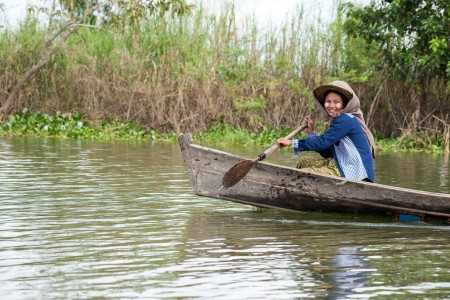





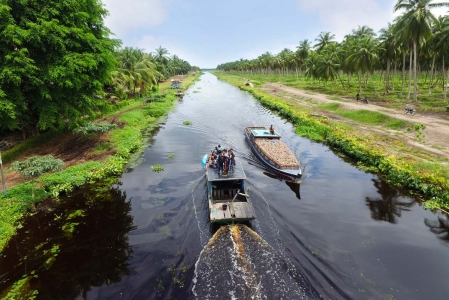

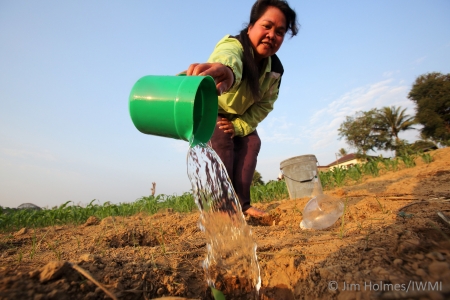
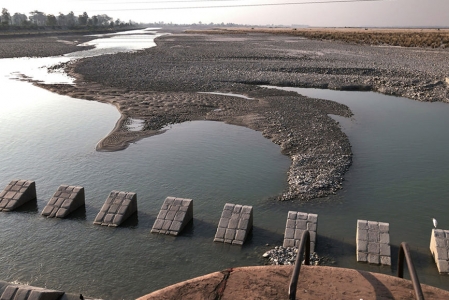


Comments
The intersection of conflict, development and natural resource management is only growing across the globe. This piece discusses the options to confront the inevitable need to electrify Myanmar, where I was shocked to hear that only two thirds of the population has access to electricity. Noah asks some very good questions to a group of people from diverse sectors: Can we decentralize power-generation? Move it to community-managed systems, like solar-panels and mini-dams?
Involving local voices, especially in Myanmar, is necessary yet seldom done (please correct me if I'm wrong). With this presumption, I was shocked to hear that the Myitsone project was halted, seemingly with the interests of local people in mind.
I will be very curious to see if there are any voices or experiences on how to begin implementation of such small-scale energy resources. Surely there are some existing models of how this has worked in other regions, and while it’s likely to have many differences in context, it will indeed be an interesting place to start. I think that anyone working in development in Myanmar, not limited to those in the energy sector, will benefit from reading a book like this as conflict is impeding development in every sector in this country.